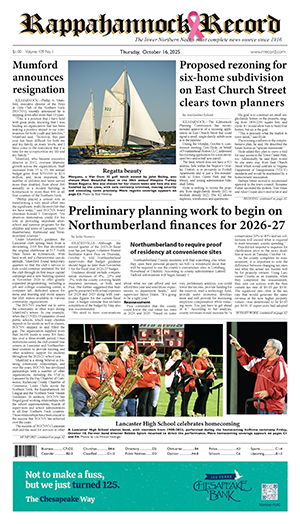As the Russo-Ukrainian War continues, with each succeeding day, the abiding presence of the myth of Moscow the Third Rome becomes increasingly apparent. Russia continues its aggression under the false reality that it is entitled to rule over other peoples, lands and nations.
In the Tsarist period, the drive toward domination operated under a pseudo-religious impetus, specifically that Moscow was the inheritor of the legacies of Rome and the Second Rome, Constantinople. That myth was couched in the theological embrace of Moscow being the only true Orthodox Christian power, and thus it had the duty to spread its dominion over other peoples with missionary zeal.
Jumping ahead five centuries, V.I. Lenin and the Bolsheviks arrive on the scene, stripping the myth of its religious basis and connotations, but retaining its psychological impetus in a Marxist format designed to promote world revolution. Lenin’s principal contribution to Marxist theory was in seeing Russia as the “iskra” or spark, that could detonate the communist conquest of the industrial powers, despite its own backwardness and lack of industrialization.
In November 1917, when Lenin came to power, Russia was suffering defeat from its foolhardy entrance into the First World War. He wanted to move at once into Europe, but did not have the resources to proceed. In 1918, during the negotiations that led to the Treaty of Brest-Litovsk, Russia withdrew from the war, but as Leon Trotsky remarked, “There will be no war, but there will be no peace.”
The result of Brest-Litovsk was that Soviet Russia had time to regroup as it faced the Russian Civil War that pitted the Red Army against the anti-Bolshevik White forces. When the civil war ended, Lenin wanted to move decisively into the West to detonate the world revolution from the Russian “spark.”
At his direction, the Red Army under the command of Trotsky stormed into Poland, reaching the outskirts of Warsaw, expecting to sweep across Poland and into the heart of Germany to produce the Marxist world revolution.
Trotsky did not expect strong resistance from the newly independent Polish Republic, which up until then had been five Russian provinces. The entire diplomatic corps in Warsaw, with the exception of the Papal Nuncio, fled the city as Trotsky’s assault began.
The Polish forces were under the command of Marshal Josef Pilsudski, who drove a wedge into the Red Army, which turned and ran back to Mother Russia. Less than two years later, the Nuncio became Pope Pius XI, whose long tenure as Pope was spent warning against the evils of communism and Naziism.
From that point onwards, Russia, be it under Soviet rule or post-Soviet domination, has sought to reassume what it considers to be its historical mission, by first bringing all the Slavs together under its wing, and then ultimately spreading its hegemony over the West. The present Ukrainian episode is another step towards achieving that goal, the last step having been Putin’s seizure of Crimea from Ukraine in 2014.
Ironically, the two rulers of Russia who achieved the most success in actualizing the myth of Moscow III Rome, were not Russian themselves, but rather foreign usurpers, the Empress Catherine II, the so-called Great, and Josef Stalin. Catherine was a German princess from Anhalt-Zerbst, who was the wife of Emperor Peter III and took the throne from him shortly after which he was killed, and Stalin, who was from a Georgian peasant background, but both Catherine and Stalin enthusiastically embraced Moscow III Rome as the mantra for their imperialist goals to build a Greater Russia. Today, that mantra is carried by Vladimir Putin, whose version of imperialism is being abetted by Communist China and North Korea.
The presence of Moscow III Rome as a part of the political landscape is as much a reality today as it was five centuries ago. The format, the presentation, the surface appearances, have been tweaked, but the underlying currents remain unchanged and as such they continue to constitute a threat to other nations.







